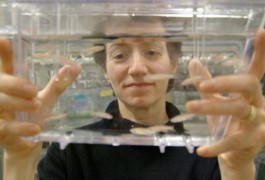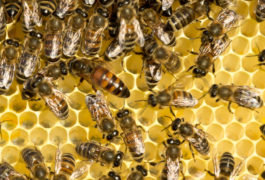Spectrum: Autism Research News

Special report: Unusual animal models of autism
In the past two decades, some autism researchers have turned to simple animals, such as roundworms, fruit flies and zebrafish, for their investigations. Others have sought answers from experiments with frogs, birds and even octopuses. In this special report, we describe these discoveries and the impact that alternative animal models have had on autism research.
Featured Articles

What studying worms, flies and fish says about autism
Researchers are increasingly turning to simple animals to learn about autism biology and find leads for new drugs.

Autism research makes the leap to frogs
Frogs are useful for autism research for a slew of reasons, including the fact that the animals’ initial development occurs outside of the mother’s body in plain view.

Getting eight arms around autism
Octopuses can solve some of the same problems as people but do so in unusual ways.

Tuning into bird songs for clues to autism
Parallels between how birds learn to sing and how children learn to speak provide a window into the roots of language difficulties in autism.

Fish, frogs, flies and other fauna in scientific firsts
Over the past century, scientists have used a variety of animal models to advance their understanding of the developing brain and autism.









